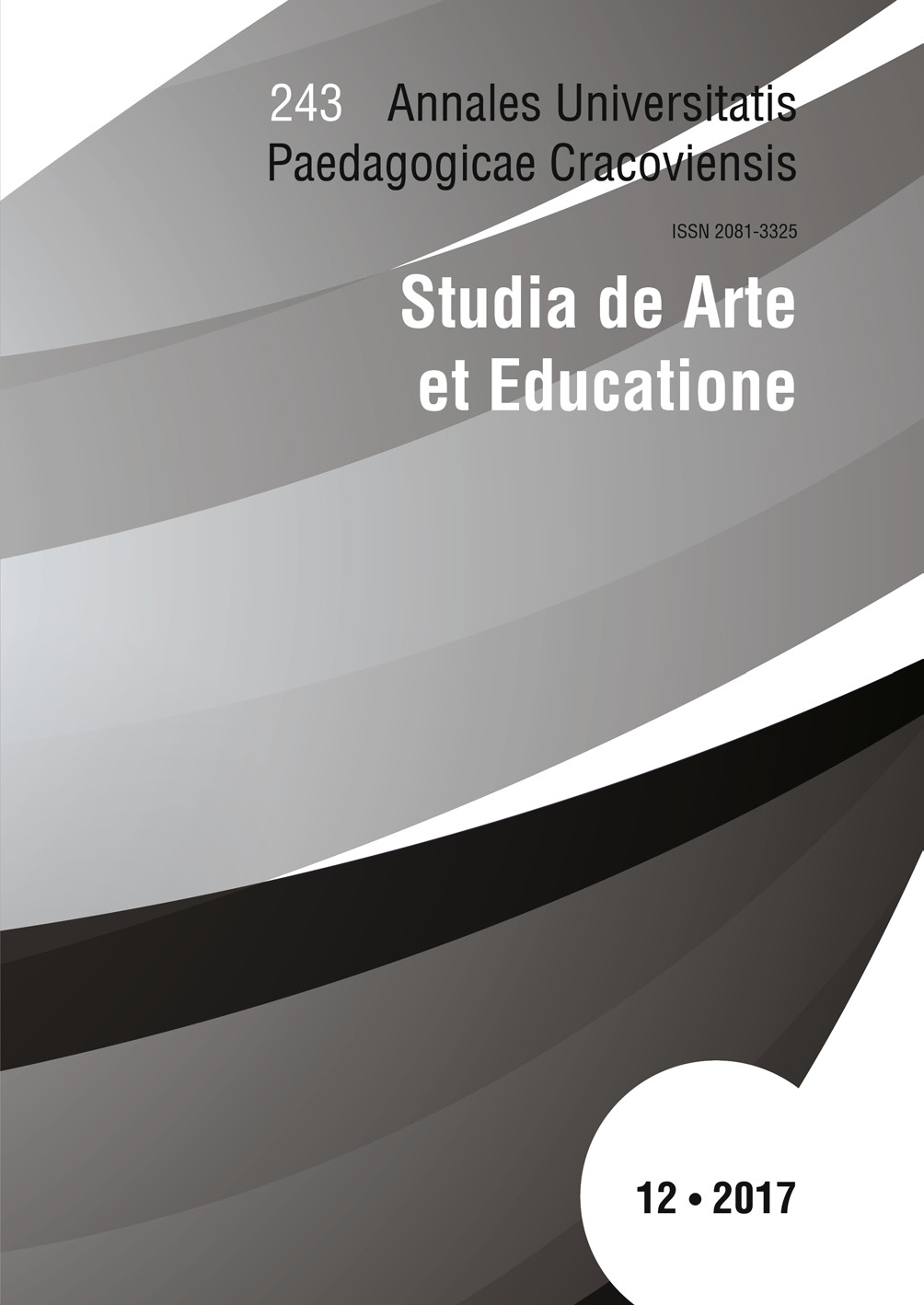Miłośnicy kontra krytycy i artyści, czyli spory wokół Zachęty w międzywojennej Polsce
“Art lovers” vs. critics and artists. The battle against Zachęta Art Gallery in the Interwar Period in Poland
Author(s): Diana WasilewskaSubject(s): Cultural history, Sociology of Art
Published by: Wydawnictwo Uniwersytetu Komisji Edukacji Narodowej w Krakowie
Keywords: art criticism; interwar period; Zachęta Art Gallery; national style; rhetoric; language of art criticism; avant-garde
Summary/Abstract: The Society for the Encouragement of Fine Arts was founded in 1860 in order to promoteand support young Polish artists and popularize art as an important element ofsocio-cultural life at a time when Poland did not exist as an independent state. In 1900was established the Zachęta Art Gallery, where, from 1911 to 1939 the board of the Societyorganized annual Salons – overviews of present art, selected and organized by members ofthe Society: artists and so-called art lovers. Although the political and artistic reality havebeen changed, the specific character of this institution was still the same. As a result, inthe interwar period Zachęta was deemed to the synonym of obscurantism, fundamentalignorance, megalomania, cheap patriotism and narrow views. It was the reason why manyartists, who had not accepted the situation, boycotted the gallery. On the other hand, theartist who exhibited at Zachęta became the object of ruthless attacks and sharp criticism –not only from the ex-Formists or Constructivists, but also from critics and artists who wereunsympathetic or even hostile towards the avant-garde. Surprisingly, the battle againstZachęta was the factor that united most critics from both side of artistic barricade.
Journal: Studia de Arte et Educatione
- Issue Year: 12/2017
- Issue No: 243
- Page Range: 138-154
- Page Count: 17
- Language: Polish

